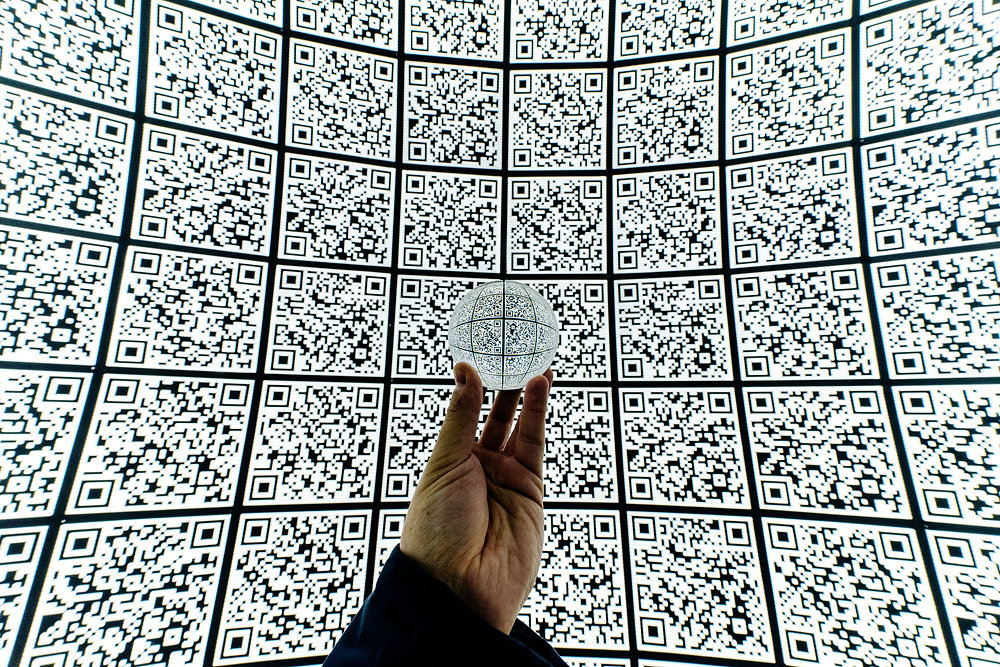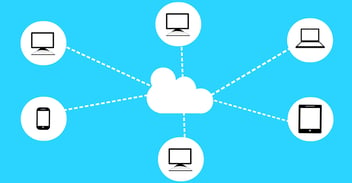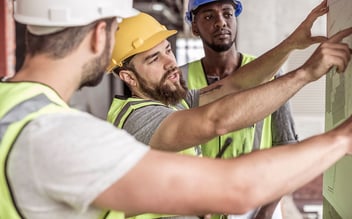QR (Quick Response) codes have been around for a while now, but their use in the construction industry is still relatively new. However, as technology continues to evolve and the industry looks for ways to improve efficiency and safety, the application of QR codes on construction sites is becoming more prevalent.
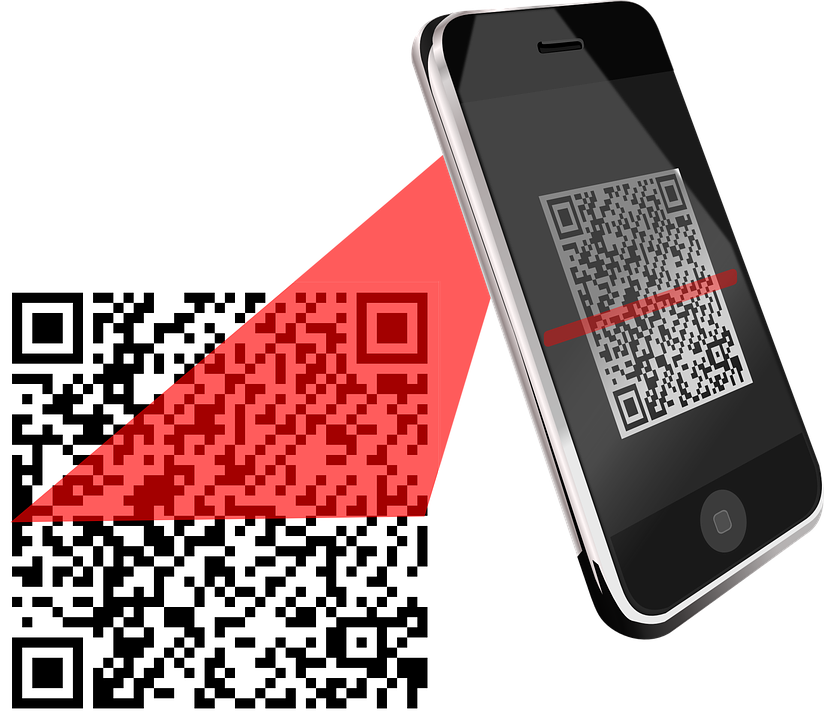
Benefits of QR Codes in Construction
One of the main benefits of using QR codes on a construction site is the ability to quickly and easily access important information. For example, QR codes can be placed on equipment, materials, and even on the building itself to provide instant access to data such as manuals, specifications, and safety information. This can save time and reduce the risk of errors, as workers can easily access the information they need without having to search through binders or printed documents.
Safety
Another way QR codes are being used in construction is to improve safety on the job site. By attaching QR codes to safety equipment and emergency exits, workers can quickly access important safety information such as evacuation plans and emergency procedures. This can help ensure that workers are prepared in the event of an emergency and can quickly and safely evacuate the site.

Inventory & Materials
QR codes can also be used to track inventory and materials on a construction site. By scanning a QR code on a piece of equipment or material, a worker can quickly access information such as the item's location, condition, and maintenance history. This can help ensure that materials and equipment are properly maintained and can reduce the risk of costly delays or accidents.
Training & Compliance
Another way QR codes can be used in construction is for training and compliance. By attaching QR codes to training materials and certifications, workers can quickly access and complete the training they need to work on the site. This can help ensure that workers are properly trained and qualified to do their job and can reduce the risk of accidents or mistakes.
Collaboration
Finally, QR codes can be used to improve communication and collaboration on a construction site. By attaching QR codes to blueprints and design plans, workers can quickly access important information such as floor plans, electrical layouts, and structural details. This can help ensure that workers are on the same page and can reduce the risk of errors or delays.
How to Introduce QR Codes in Your Organization
Here are a few tips on how contractors can introduce QR codes within their organization:
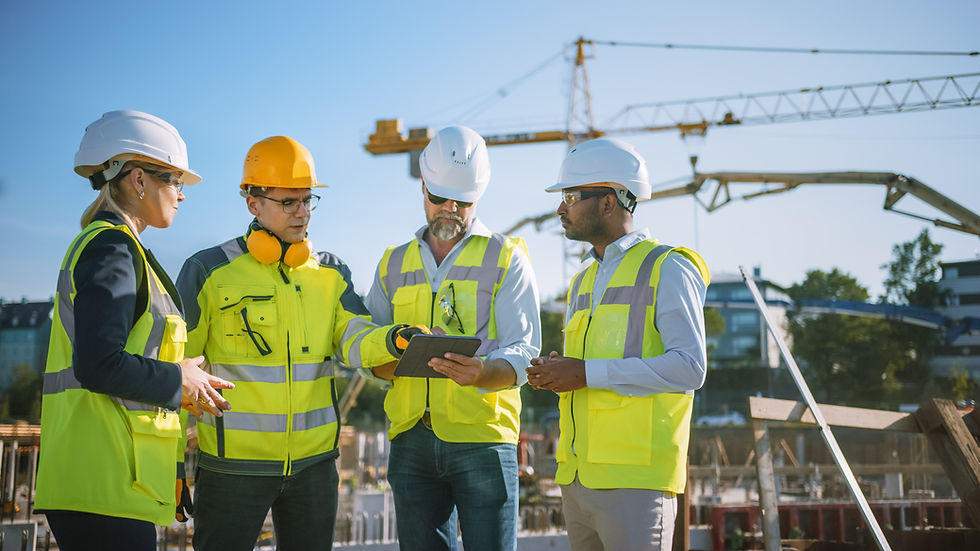
Start Small
Before fully implementing QR codes on your entire construction site, start with a small pilot project to test the technology and work out any kinks. This will help you gain a better understanding of how QR codes can be used effectively on your construction site and identify any challenges that may need to be addressed.
Communicate the benefits
To get buy-in from your team, it's important to clearly communicate the benefits of using QR codes on the job site. This includes things like improved efficiency, increased safety, and better tracking of inventory and materials.
Train your team
Once you've introduced QR codes to your organization, it's important to properly train your team on how to use them. This includes things like how to scan a QR code and how to access the information that is linked to it.
Use a QR code generator
There are many free QR code generators available online that make it easy to create QR codes for your organization. Be sure to choose one that is reliable, easy to use, and allows you to track the number of scans.
Or better yet, you can use a Construction Workflow Automation (CWA) solution that offers built-in QR codes generators and workflows to fully integrate QR codes with the rest of your operational management processes.
Assign responsibility
Assign someone in your organization to be responsible for managing and updating the QR codes on your construction site. This will ensure that the codes are always up-to-date and the information they link to is accurate.
Use QR codes in conjunction with other technology
QR codes can be used in conjunction with other technologies such as Construction Workflow Automation (CWA) and Building Information Modeling (BIM) to improve collaboration and decision-making on the job site.
Review and evaluate
Regularly review and evaluate the effectiveness of the QR codes on your construction site. Gather feedback from your team and make changes as necessary to improve the overall experience.
By following these tips, contractors can successfully introduce QR codes within their organization and start reaping the benefits of this technology on their construction sites. It's important to remember that introducing new technology takes time, but by starting small and communicating the benefits, contractors can ensure a smooth transition and maximize the potential benefits of QR codes.
Final Thoughts
QR codes have the potential to revolutionize the way construction sites operate by making it easier to access important information, improve safety, track inventory, and support compliance and collaboration.
As technology continues to evolve and the construction industry looks for ways to improve efficiency and safety, the application of QR codes on construction sites is likely to become more prevalent.



